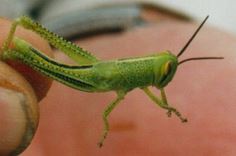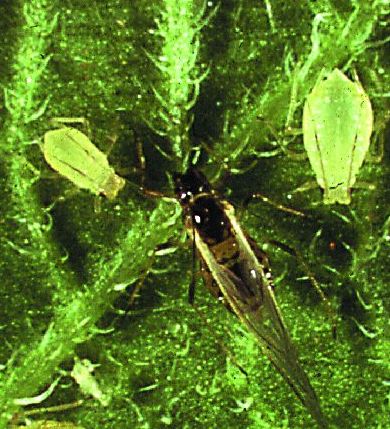Helicoverpa moth activity to 19 October, 2015. Over the past 1-2 weeks we have seen increasing H. armigera catches in the pheromone traps across Queensland (Qld) and northern New South Wales (NSW). The series of graphs of H. armigera and H. punctigera trap catches from August to 19 October are below. Included with these graphs are the current predictions for… Read more »
Where there is a history of soil insect damage resulting in poor crop establishment a pre-sowing inspection of the affected fields is warranted to determine the likely risk to the upcoming summer crop. Grain baits are an effective way of monitoring for soil-dwelling insect pests of summer crops, and is preferable to sampling with a shovel, which is both time… Read more »
Helicoverpa pheromone trap catches to 18 September 2015 This information is updated weekly on Fridays and/or the following Monday. Where the data for the current week is not yet available, click on the location marker to see data from previous weeks. The Northern region pheromone trap network is part of a national network of traps being run in 2015, funded… Read more »
Helicoverpa armigera active now. This spring a number of agronomists have just started monitoring pheromone traps across the northern region, and the results from the past two weeks illustrate how useful pheromone traps can be. Over the past 1-2 weeks, the traps are catching relatively high numbers of Helicoverpa armigera, and low catches of H. punctigera. In September it is generally assumed that… Read more »
Locusts and grasshoppers are active across large areas of western Queensland and NSW and central Queensland. Reports of the Australian Plague Locust, Migratory Locusts, Yellow winged locust and spur-throated locust have been received from areas around St George to the Central Highlands during January and early February. It has been several years since we have seen such high locust and grasshopper… Read more »
In the autumn and early winter of 2014, large areas of canola in South Australia, Victoria and southern NSW were heavily infested with green peach aphid (GPA), and many of the infested crops tested positive for beet western yellows virus (BWYV). GRDC TV has compiled a series of three videos that discuss what factors contributed to the GPA outbreak, and… Read more »
Rutherglen bug (RGB) numbers in canola stubble are again high in some fields. These infestations pose a risk to neighbouring crops, either through damage to establishing summer crops or contamination of unharvested winter crops. Both the canola and adjacent crops warrant monitoring for RGB infestation and movement out of the canola field. If large number of nymphs move into adjacent fields with seedling… Read more »
As canola sets and matures pods, and spring temperatures rise, there are a number of caterpillar pests that are active in this crop. Along with helicoverpa there are diamondback moth larvae (Plutella xylostella) and cabbage white butterfly larvae (Pieris rapae) in crops. It is critical that you can distinguish the species, and be familiar with their respective thresholds, in order… Read more »
As temperatures start to warm up there are a number of insect pests becoming active and causing crop damage. This post provides an overview of current and potential issues for field crops.
Paul Grundy, Adam Quade and Richard Lloyd have established 8 trial sites in the Spring Ridge area to evaluate the impact of simulated aphid damage on flowering canola. Treatments simulate aphid infestations that limit flowering and pod set. Low, medium and high intensity damage applied in replicated trials. Assessments to made on time to maturity, plant architecture, yield, and quality.



